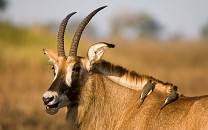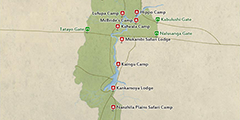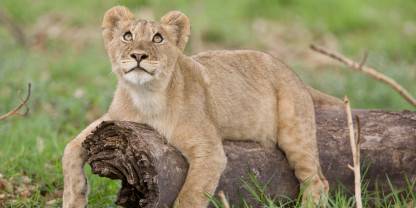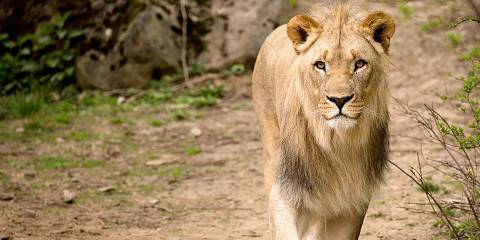Kafue National Park is one of the largest parks in Africa. It’s larger than some small countries and bigger than Kruger National Park. Although Kafue is very accessible on a good road from Lusaka, it feels remote and wild. Animal densities are quite low compared to South Luangwa and Lower Zambezi National Parks, but the diversity of wildlife is unparalleled.

-
Best Time To Go
- July to October (Animals are easier to find)
-
High Season
- July to October (Higher rates apply; busier)
-
Size
- 22,400km² / 8,649mi²
-
Altitude
-
1,002-1,299m /3,287-4,262ft
 View Photos
View Photos
 View Photos
+24
Photos
View Photos
+24
Photos
 Open Map
Open Map
Pros & Cons
- Great wildlife viewing
- Four of the Big Five are present (rhino is missing)
- Lots of antelope species
- Remote, with so much to explore
- Great night drives, walking safaris and boat safaris
- Easy to get to and relatively close to Lusaka
- The animals, especially elephants, are quite shy
- Lots of harmless but annoying tsetse flies
- Hazy skies in the Dry season
Wildlife
Kafue has a lot of wildlife, but animals aren’t always easy to find. Elephants are very common in some areas and lions are often spotted as well. What makes Kafue a great destination, though, is its wealth of antelope species. Huge herds of red lechwe can be found in the swamps. Puku, greater kudu, oribi and waterbuck are all common, and the rare roan and sable antelope are present as well.
More about Kafue’s wildlifeScenery
The Kafue River and its tributaries are lined with riverine forest, best appreciated on boat cruises. Away from the rivers, the main vegetation is miombo woodland interspersed with open plains and wetlands. Termite mounds, big and small, dot the landscape throughout the park. The vast Busanga Plains, in the far north, offers Kafue’s most productive wildlife-viewing area in the Dry season.
Weather & Climate
Kafue’s tropical location means that daytime temperatures don’t change much throughout the year, except for the rising heat in October just before it rains. The middle of the region’s Dry season (May to October) experiences warm days and cool nights. The Wet season (November to April) gets hot and you can expect afternoon downpours.
More about the weather and climateBest Time To Visit
You can’t beat the Dry season (May to October) for wildlife viewing in Kafue. As water dries up in the bush, animals gather around rivers and waterholes. Lake Itezhi-Tezhi, in particular, becomes a magnet for big herds of elephant. Busanga Plains can only be visited at this time of year, before it’s cut off by the rains of the Wet season (late November to April).
More about the best time to visit



